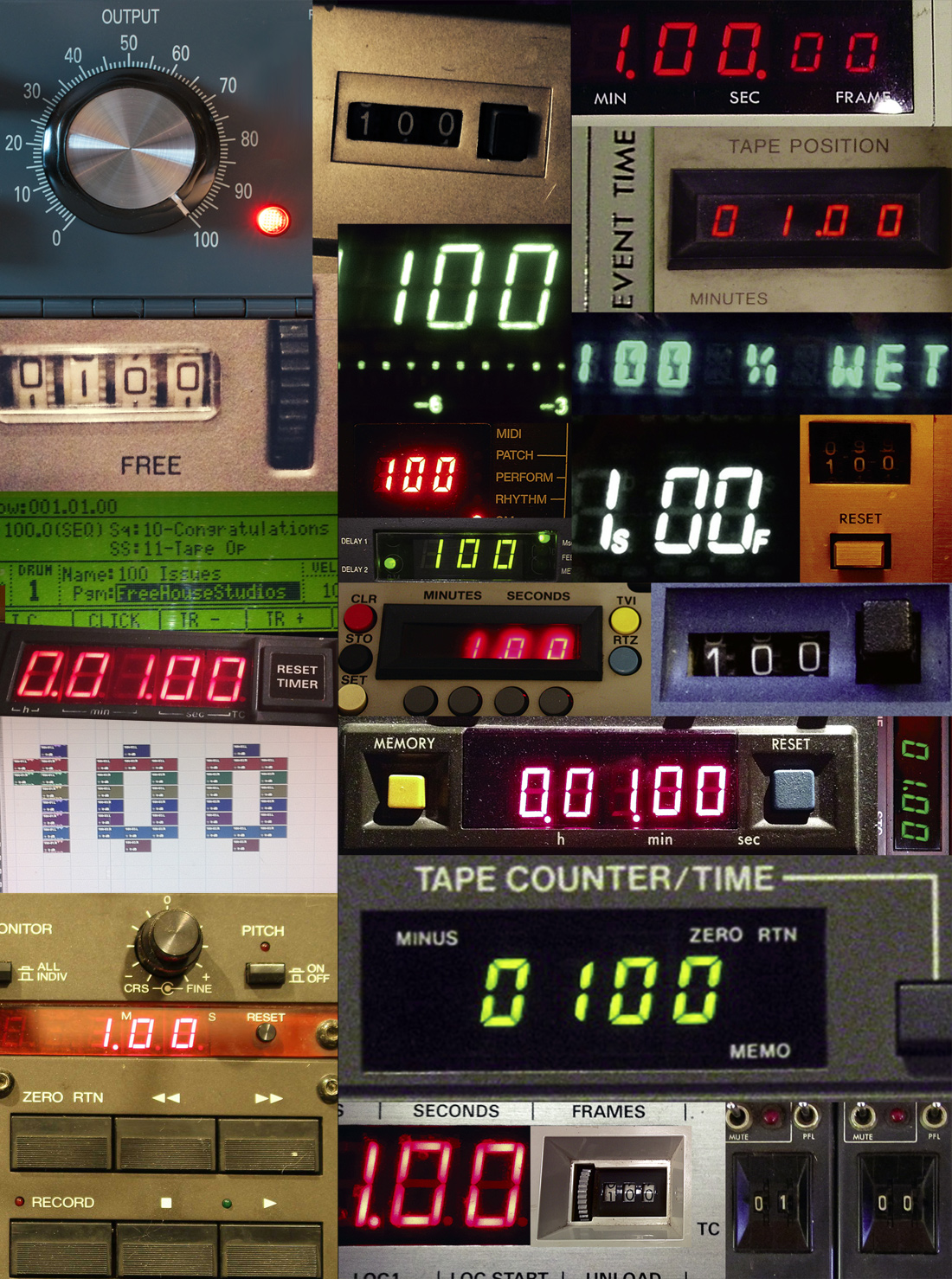After making enhancements to the company's two-channel Duet [Tape Op #65, #89] and introducing the four-channel Quartet [#93], Apogee went on to upgrade 2009's original ONE audio interface [#78]. Now targeted for maximum convenience with iPad applications, it remains as useful with the Mac as ever. The ONE is also very handy with iPhone and iPod apps. We have truly arrived in the future, where the key components of your mobile recording rig can travel in your pockets.
ONE is powered by a universal power supply with adapters for use in North America, Europe, United Kingdom, Australia, and Japan. The unit also runs on a pair of AA batteries for maximum portability. This gives ONE an advantage over other units in the Apogee line, since Duet for iPad and Mac doesn't allow the battery- powered option. Moreover, ONE can still be powered by USB when paired with a Mac.
While the mic preamp and AD/DA converters in ONE aren't the top-of-line options available in Apogee's Symphony I/O [Tape Op #87, #99], or more comparably, the Quartet, they will turn your handheld "iWhatever" into a perfectly credible recording device for keeper tracks captured on the go. Sound quality in and out is comparable to the original Duet model. For portable-to-portable comparison, the audio quality of recordings made with ONE certainly kicked the pants of those made with my Zoom Handy Recorder H2 [#63].
Although my typical preference would be to plug an external mic into ONE via its included breakout cable, I found the internal condenser mic and its omnidirectional pickup pattern to be well-suited for use on acoustic guitar. This mic is ONE's primary feature not available on the Duet or Quartet. I travel to overdub many individual musicians in their home studio spaces for collaborative projects, and it has been a joy to see my traveling rig grow smaller over the years. ONE shrinks it even further.
With two breakout cable inputs, ONE can record either external mic and instrument-level simultaneously, or instrument-level and internal mic simultaneously. 48V phantom power can be provided to external condenser mics, even while operating ONE under battery power. The unit's gain ranges from 0-63 dB, making ONE suitable for the gamut of sound sources, whether captured via the internal mic, or external dynamics, condensers, or ribbons.
Predictably, the new ONE is roughly half the size of Duet, and a bit less than half the weight. ONE omits the MIDI port the other Apogee units have. Its surface is streamlined, with input-type and level indicators placed above a single jog wheel. The wheel can be used to select functions or adjust input and output gain directly within ONE. The wheel can also be used to adjust various additional parameters on connected devices using Apogee's complementary Maestro software. Device connectivity is enabled via included iOS Lightning and standard iOS 30-pin cables.
The new ONE is augmented not only with digital connectivity for iPad, but it also now has the ability to provide power for keeping your iOS device at peak charge during recording. Apogee's latency performance improvements via USB 2.0 also extend to ONE. My DAW of choice is Logic Pro on a Mac, and the new ONE boasts 3.6 ms total roundtrip latency (analog input to a record-enabled track to analog output) at 96 kHz with the host buffer set to a size of 32. When direct monitoring through ONE using Maestro control, bypassing the host application's buffer, latency is even lower.
Another of the unit's selling points is bringing audiophile- quality sound to your headphones. For the general market user, this feature will be of muted benefit due to the limitations of MP3 compression at typical bit-rates. For those of us who save room on an iPod for full-bandwidth songs, however, it's a great bonus. Donning a pair of Sony MDR-V900 headphones, I was surprised to hear additional clarity and full-bodied sound when listening to the dense midrange tones and cloudy atmospherics on Daniel Lanois' Belladonna album. ONE does still require battery or external power for this task, since it's designed to deliver power to an external iOS device rather than draw power from one. Furthermore, ONE simply requires more power than iOS devices can push.
With countless software tools available to iPad and iPhone users in the form of apps, ONE's utility as a traveling audio interface is amplified. A byproduct of the iPad's touch interface is that "hands on faders" returns to the vocabulary alongside "click and drag." Apogee has highlighted many apps for use with their hardware, including DSP Mobile's audio metering app Analyzer, multitrack recording DAWs like the retooled Apple GarageBand, tools like Logic Remote, and others. WaveMachine Labs Auria [Tape Op #92], a 48-track DAW for iPad, takes particular advantage of the touch environment for mixing and post-production with a virtual UI that mimics physical-world tools.
Particularly since it's touted as a quality device for desktop and podcast recording, I'd have liked it if ONE's mini-jack external speaker/headphone port had been moved 90 degrees from the unit's bottom to its side, and Apogee had built a leg into the chassis so the unit would stand on a table top. The package does include a sturdy clip for a standard mic stand.
The bottom line - if you've got extra money, and sound quality is your priority, the current Duet's two discrete mic preamps and converters are superior to those of ONE. ONE's quality tops comparable single-channel units I've encountered, but it is ultimately a tool of convenience. Its internal mic and battery-powered option allow you to record ideas or overdubs to iPad with minimal setup. I found it handy and easy to use, and would be glad to have it in my bag for house calls. ($349 MSRP; www.apogeedigital.com)




_disp_horizontal_bw.jpg)